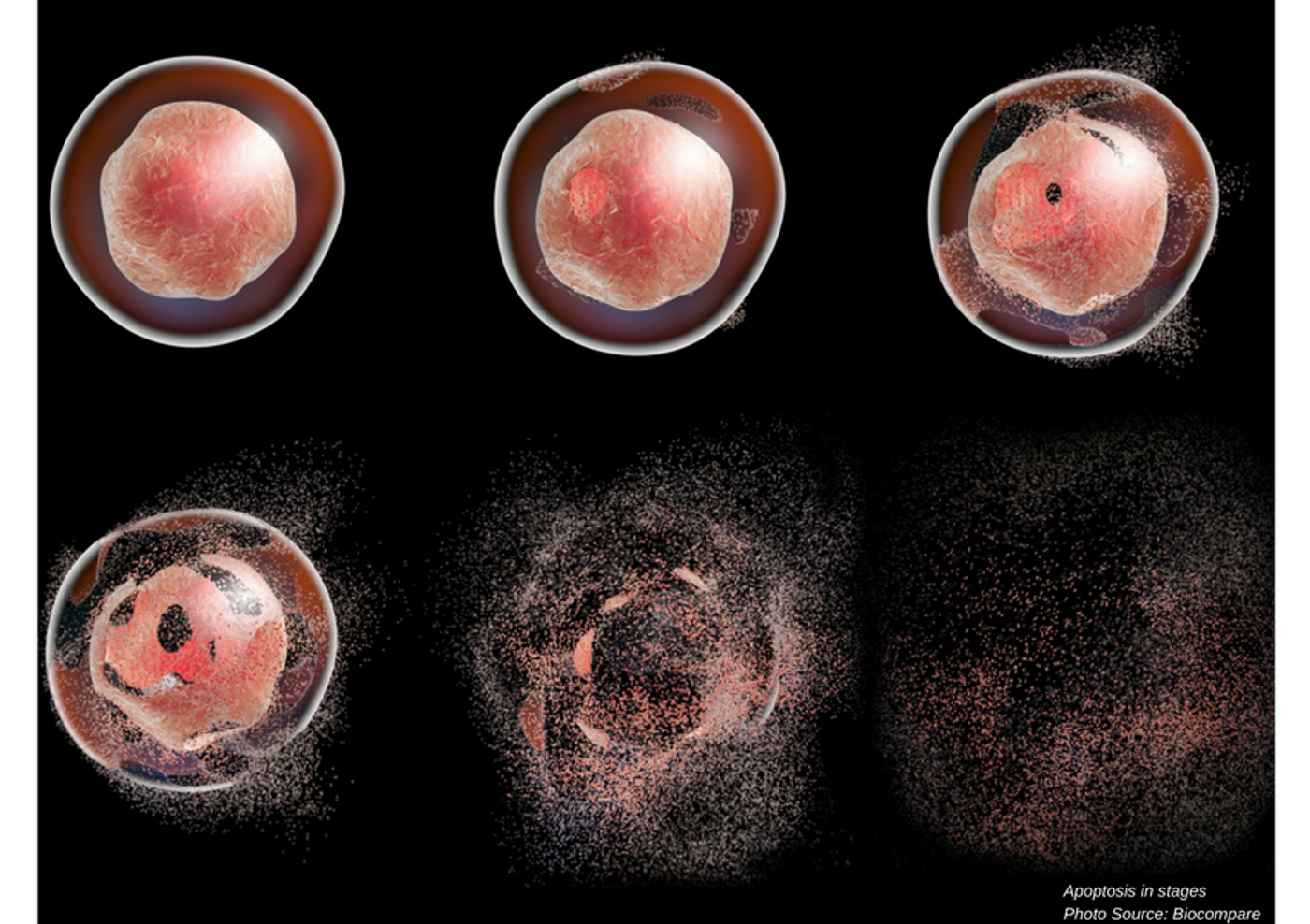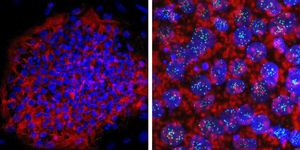Synthetic Retinoid Shows Promise for Inhibition of Cancer Cells
A group of researchers from China and the United States collaborated to explore the use of retinoic acid derivatives in the inhibition of stem cell like cancer cells and published their findings in Nature Communications on April 11, 2018.
It is widely accepted that some cancer tumors harbor cells at different stages of maturation and differentiation. There are undifferentiated cells present in tumors that appear to mimic the regenerative, uncommitted qualities of stem cells. These cancer stem cells (CSCs), or tumor-repopulating cells (TRCs) as some have called them, contribute to metastasis because of their protective regenerative qualities. Most often, these are the cells that move out and survive circulation to populate a secondary distant tumor site. TRCs express high levels of Sox2, a gene involved in cellular self-renewal; researchers hypothesized that if they could inhibit extravasation of TRCs from the primary tumor, metastasis and proliferation could not take place.
The development of new drugs to minimize the chances of metastasis or tumor growth is an ongoing challenge; however, this group devised a new synthetic retinoid called WYC-209, which they found to inhibit proliferation of TRCs in mice and human models in vitro. This molecule is very similar to the naturally produced all trans retinoic acid (ATRA) molecule. Additionally, WYC-209 did not produce toxicity effects evident in other treatments using retinoic acids.
Retinoic Acid (RA) is a nonspecific differentiation factor but is lipophilic and highly toxic so it has limited uses in cancer therapies. Researchers worked to create a retinoid that did not have the limitations of RA but had the inhibiting qualities needed. RA and its derivatives act by binding to the RA receptor (RAR) which is a well-known tumor suppressor gene. The disruption of the RA pathway underlies the etiology of multiple hematological and non-hematological malignancies. Part of the TRC’s phenotype is its inherent undifferentiated state; RA is known to reverse premalignant epithelial lesions and induce differentiation, anti-proliferative, and pro-apoptotic effects.
WYC-209 was found through a retinoid library screen. The critical requirement was the molecule needed to contain a substitute for the lipophilic aryl carboxylic acid and also bind to the family of RARs.
The study results suggest that WYC-209 could regulate the Sox2 gene as part of the inhibition of TRCs and cancer cell proliferation. In their study, they found that WYC-209 eliminated 87.5% of lung metastases of melanoma TRCs in the immune competent w/t murine model at 0.22 mg kg-1. In addition, binding analysis results indicate that WYC-209 enantiomers bind to RARs at very small doses and expression levels of RAR positively correlated to their sensitivity to WYC-209. The group silenced RARs to evaluate WYC-209 effects and found the TRC growth patterns reversed. Instead of decreasing, they continued to increase. This observation confirmed that WYC-209 was acting on the family of RARs. When examined, it was determined that WYC-209 induced TRC apoptosis via the caspase 3 pathway. Lastly, the group found that the effect of WYC-209 lasted more than 5 days; no signs of growth or relapse of TRC in cell cultures occurred. This aspect of the findings needs further investigation but could point to shortened treatment timeframes for patients if this treatment would be found viable for in vivo clinical trials.
Sources: Nature Communications, Blood, Molecular Aspects of Medicine, NIH NLM National Center for Biotechnology Information, Mediterranean Journal of Hematology and Infectious Disease,









